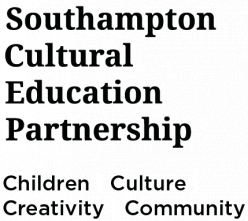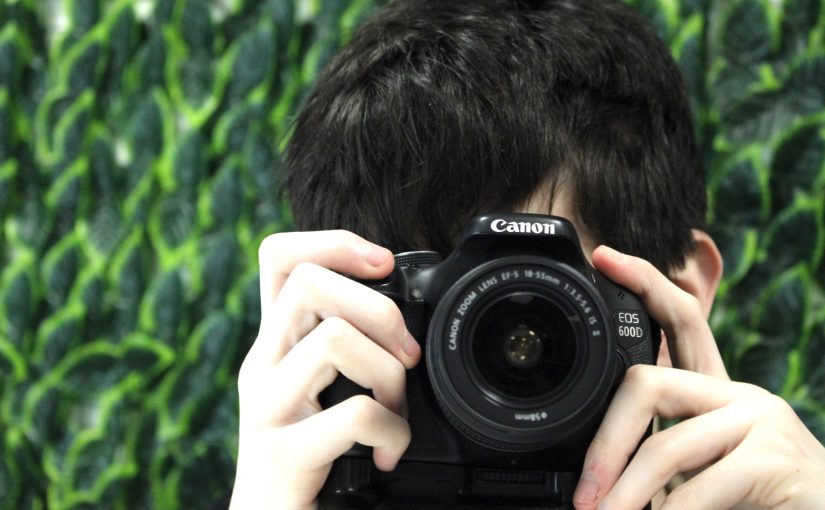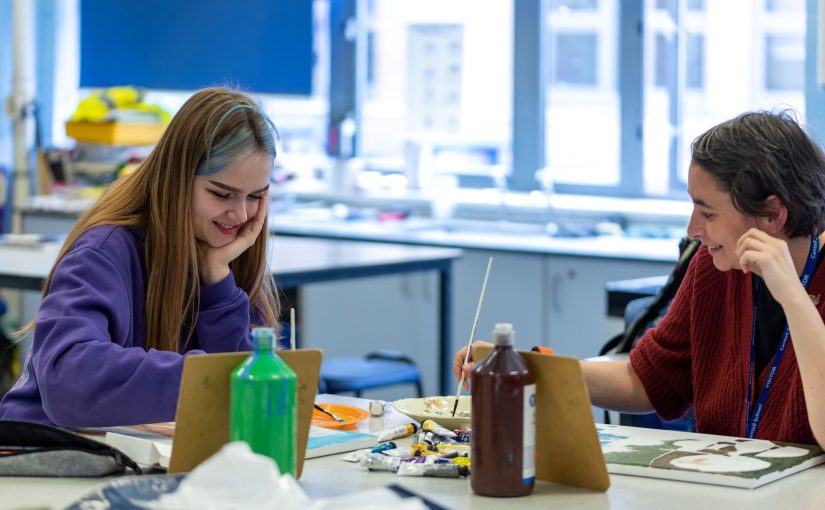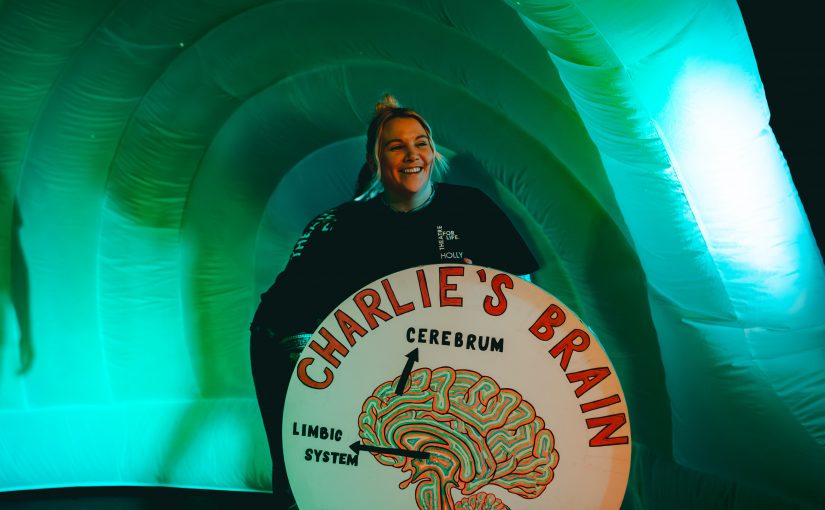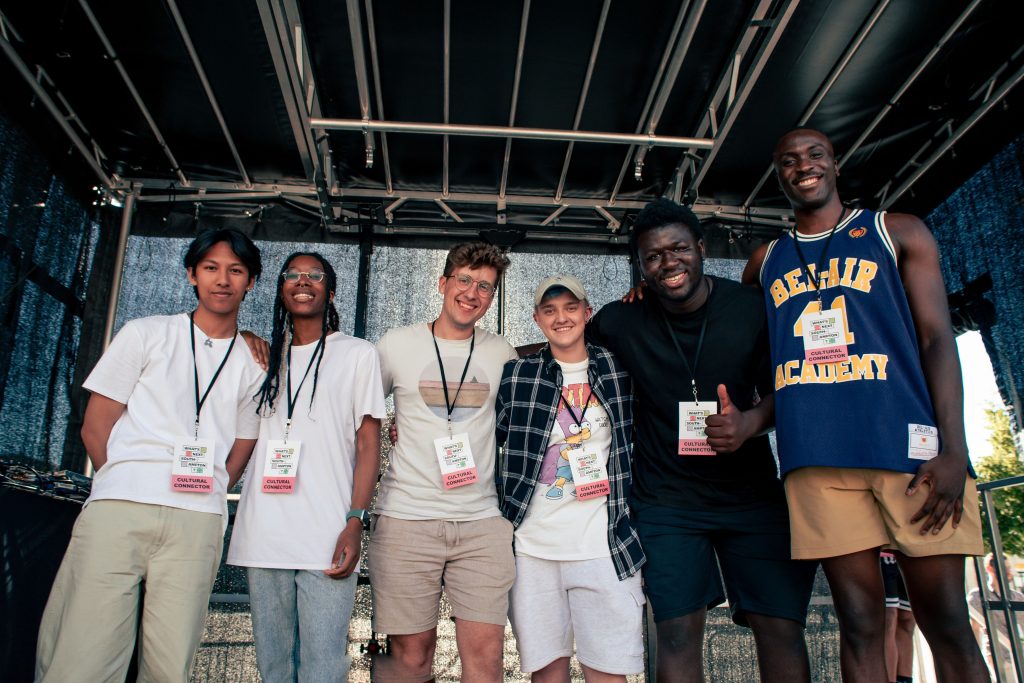By Faye Phillips, Education Projects Coordinator at In Focus Education and Development
Ensuring that all young people are able to engage in arts and culture is a goal that all of our SCEP members share. To do this, it’s important that we not only focus on mainstream schools and community groups, but also Alternative Provision settings. In Focus Education and Development are known for their fantastic work in this area and so, we asked their Education Projects Coordinator, Faye Phillips, to tell us about their most recent project with Compass School.
Compass School is a specialised Alternative Provision designed to support pupils who face challenges in mainstream education. These students have either been permanently excluded or are at risk of exclusion, and require an alternative learning environment that provides additional support and resources to meet their specific needs. Throughout this academic year, students from Compass School have been attending photography sessions at In Focus Education and Development. This work was made possible by funding from the Virtual School.
Each term, different groups of Compass students attended a weekly session at the In Focus office, based in the heart of Southampton. During their time with In Focus, the students learnt about how DSLR cameras work and how they can be used to capture the world in their own vision. The students were able to work with studio lighting, professional lenses and light boxes whilst learning the technical elements of digital photography.
Students mastered the use of shutter speed, gaining the ability to capture ghostly images by slowing the shutter speed to show off this movement, or using a fast shutter speed to freeze a moment in time, like making a bird in flight perfectly still. They also spent time learning about aperture and how it can affect their images, experimenting with depth of field to create a variety of out of focus backgrounds and other artistic effects.
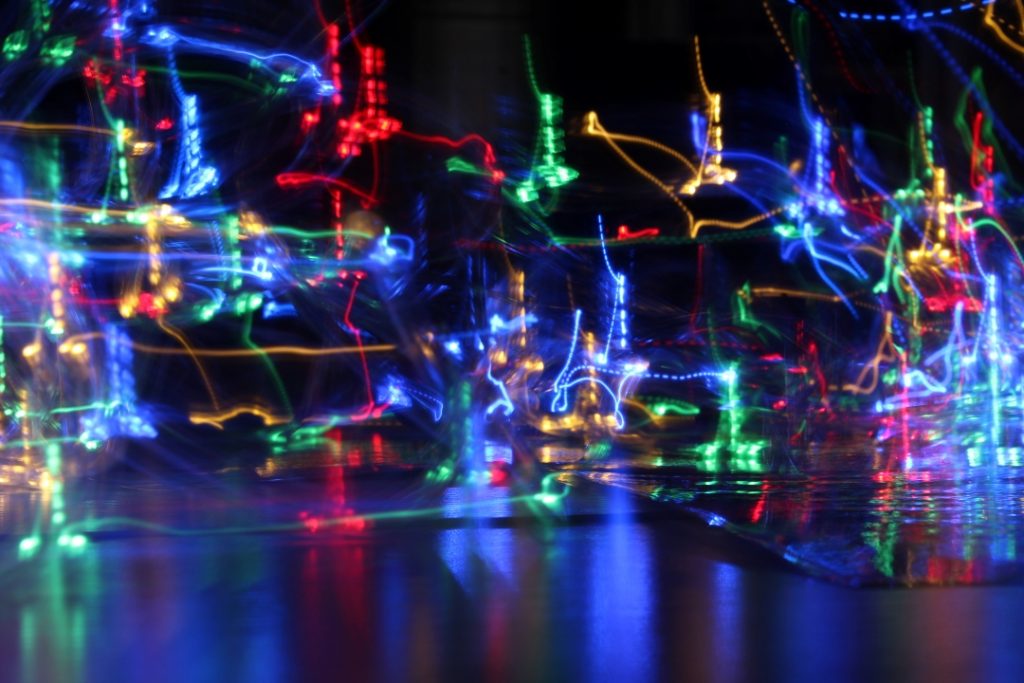
In addition to mastering technical skills, students spent time looking at the work of famous photographers which helped inspire their practice. Each student picked a favourite image from a photographer and made their own personal response that included technical elements drawn from the artist’s work but also making curatorial decisions to make it their own. By studying the works of famous photographers, they have developed a greater appreciation for different perspectives and approaches, further enriching their own artistic expressions.
Each student’s hard work and dedication culminated in the creation of handmade books, showcasing their personal achievements and progress. These books not only serve as a testament to their growth as photographers but also provide a lasting keepsake to remind them of the skills and knowledge gained during the workshops.
As a result of their commitment and effort, all participating students from Compass School who attended these weekly sessions achieved their Explore Arts Award.
The work made by these students will be on display at Southampton City Art Gallery from July until October. The exhibition will display a diverse range of photographs and books created by the Compass School students, allowing visitors to experience the unique visions and creative expressions of these young artists.
